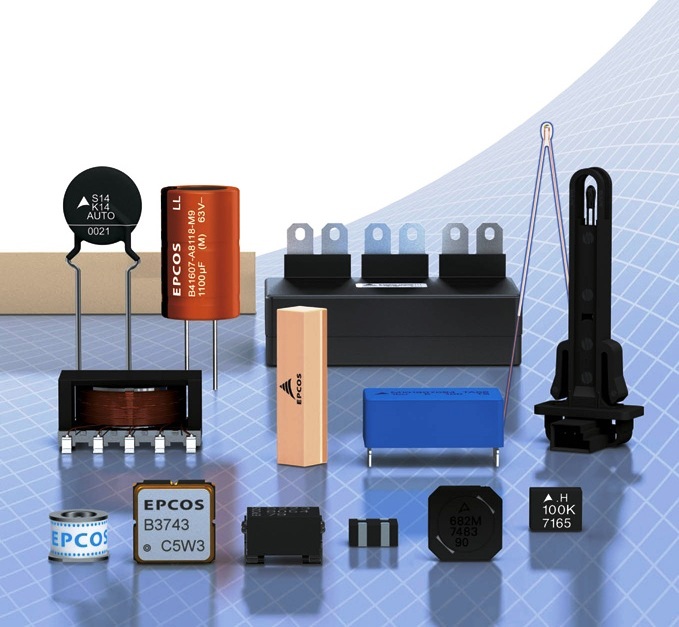ZRS, ZRSH, ZRSH-SQ, ZR, ZRH ferrite cores of TDK (Japan) for a high-frequency tube welding.
To select rods for high-frequency pipe welding, the optimal combination of the following parameters is important:
- Minimum losses at working frequency of welding generator (440 kHz)
- High value of Curie temperature
- High value of specific electric resistance
- High value of magnetic permeability
- High value of saturation magnetic flux density at working temperature
A serious technological breakthrough in the field of development of ferrites for a high-frequency tube welding became IPH and IPH2 materials developed by TDK company (Japan). Currently these ferrite materials are advanced and innovative for this field of application.
New materials named IPH and IPH2 produced by TDK allow to significantly decrease a level of energy-savings due to a reduced anode current value of generator and to achieve higher productive efficiency by increasing of line speed, to enhance a weld seam quality.
Technical documentation and full list of ZR, ZRH, ZRS, ZRSH cores produced by TDK are to be found in the data book Ferrite cores for high frequency welding.
Configurations and Standard Sizes of Ferrite Cores

ZR-Cores produced by TDK for high-frequency tube welding

ZRH-Cores produced by TDK for high-frequency tube welding

ZRS-cores produced by TDK high-frequency tube welding

ZRSH-cores produced by TDK high-frequency tube welding
ZRSH-SQ cores for high-frequency tube welding produced by TDK
Characteristics of IPH Material
| Initial permeability (μi) (H = 0,24 А/m, f = 100 kHz, at 23°C) |
1800 ± 25% |
| s) (H = 1194 А/m at 23°C) |
≥490 mТ |
| Core losses (PCV) | |
| (f = 400 kHz, B = 200 mT, at 100°C) | ≤ 10000 kW/м³ |
| Curie temperature (Tc) | > 200°C |
| Density (d) | 4,8 x 10³ kg/m³ |
| Resistivity (ρ) | 3,0 Ohm • m |
The measurements were carried out on a toroidal core
Cores meet the requirements of directive RoHS. It indicates that lead, cadmium, mercury, hexavalent chrome and special antipyrenes based on brome (PBB and PBDE) are not used except for specially specified application versions according to EC-directive 2002/95/ЕС.
IPH has a much lower reluctance than IP1 (60% lower according to our measurements). The result is that internal heating, which reduces the saturation magnetic flux density, can be suppressed, and the welding process is very efficient.
Impeder core losses vs temperature.

Saturation magnetic flux density in the core vs temperature.

IPH2 material characteristics
IPH2 material was developed in order to increase the effectiveness of pipes welding by high frequency current. New material IPH2 allows to increase the effectiveness of welding generator and also sufficiently decrease the power consumption level.
| Initial permeability (μi) (H = 0,24 А/m, f = 100 kHz, at 23°C) |
2300 ± 25% |
| s) (H = 1194 А/m at 23°C) |
≥ 510 mТ |
| Core losses (PCV) | |
| (f = 400 kHz, B = 200 mT, at 100°C) | ≤ 8500 kW/м³ |
| (f = 500 kHz, B = 100 mT, at 100°C) | ≤ 3500 kW/м³ |
| Curie temperature (Tc) | > 230°C |
| Density (d) | 4,85 x 10³ kg/m³ |
| Resistivity (ρ) | 8,0 Ohm • m |
The measurements were carried out on a toroidal core
In such a way, a new material IPH2 comparing to IPH is featured by following advantages:
Impeder core losses vs temperature.

Saturation magnetic flux density in the core vs temperature.

Compilation of ordering code






